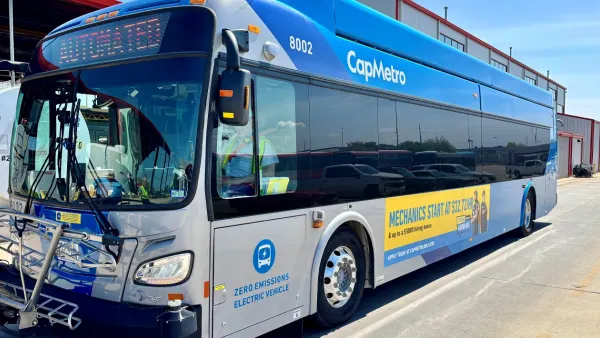Dive Brief:
- The Miami-Dade Board of County Commissioners has adopted a comprehensive development master plan (CDMP) ordinance that increases the allowable density along six Strategic Miami Area Rapid Transit (SMART) Plan Corridors, with the goal of spurring transit-oriented development (TOD).
- The new zoning applies to land in unincorporated areas of the county — outside city limits — and would allow developers to build mixed-use projects with 60 residential units per acre within one-quarter mile of the corridors and 36 units per acre between one-quarter and one-half mile. Projects within one-half mile and one mile of the East-West SMART Plan Corridor would be able to include 18 residential units per acre.
- “This ordinance places the proper level of development closest to the transit corridors and removes pressure from the urban development boundary (UBD), which achieves increased ridership and protection of our environmentally sensitive and agricultural lands," said Esteban Bovo Jr., commission chairman. "The increased ridership along these corridors will further incentivize the state and federal government to participate in funding our transit projects.”
Dive Insight:
The commission’s actions last week follow a 2018 measure that creates a tax zone around the SMART corridors. That transit tax zone is expected to generate at least $1.8 billion during the next 30 years, the Miami Herald reported. Commissioners must now flesh out additional zoning changes that will govern other aspects of development along the corridors.
Some goals of TODs, according to the Transit Oriented Development Institute, include creating dense, walkable neighborhoods that reduce the use of automobiles; offering convenience to residents by letting them live near places of work; and reviving old, urban areas. The local economy also benefits through the increase in construction jobs and support for new and existing businesses once construction is complete.
Minneapolis-St. Paul’s Metropolitan Council estimated in December that development around the $2 billion future Southwest light-rail system's 16 stations will surpass the $1 billion mark that was reported earlier this year, according to the Star Tribune. The council reported that, as of February 2018, development along all of its light-rail lines for the previous 12 months was more than $8 billion.
Google is calling a planned development in San Jose, CA, a “transit village," but it has the same characteristics of a TOD. That project would include residential, retail, office and public space, and some are giving the company credit for spurring the massive real estate investments that are being made in downtown San Jose. However, San Jose Mayor Sam Liccardo probably echoed the sentiments of Miami-Dade commissioners and city planners around the country when he told The Mercury News that “decades" of deliberate policymaking laid a foundation for the city’s current building boom.











